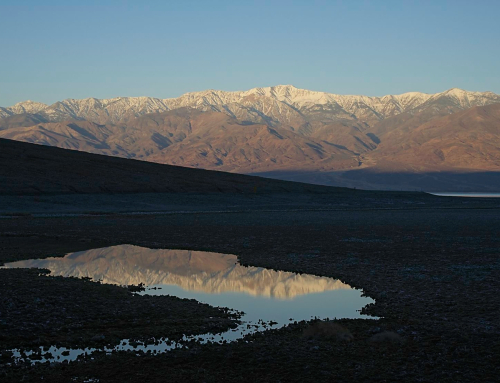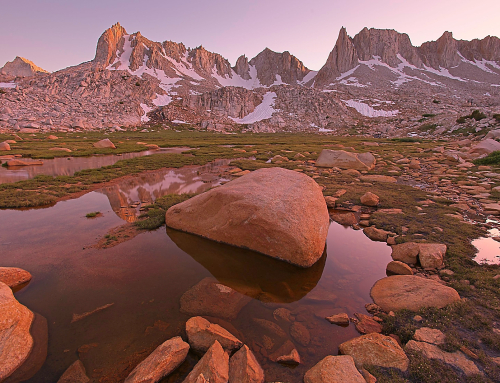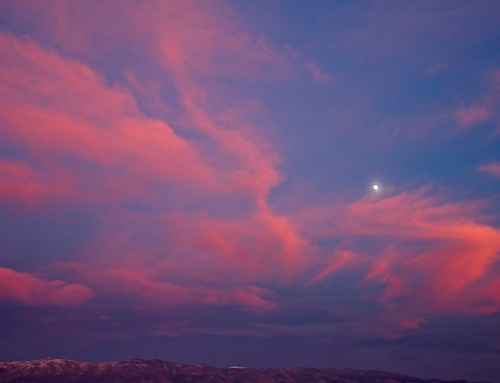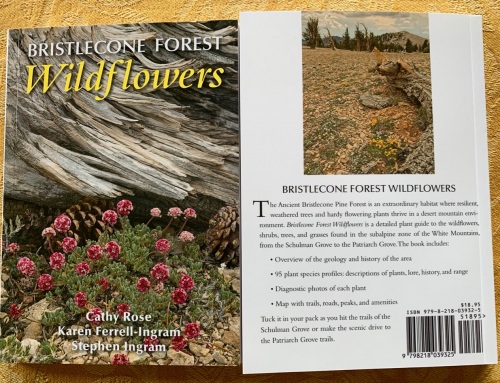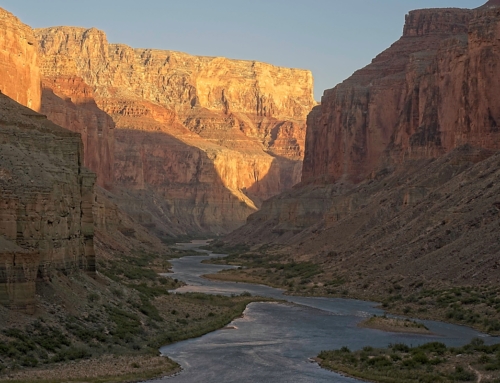If you don’t have hours to spend lying on your back watching the clouds float by, you can compress a few hours of photos into a minute or less, and enjoy the clouds in a time-lapse video. Since I’m a big fan of clouds, and because I’m lucky enough to live in one of the best cloudspotting locations on Earth, I’ve been making time-lapses of clouds for the past few months, but I sure wish I had started sooner! Here are two of my favorites from this past year.
This cloud eddy on the lee side of Mt. Tom can best be appreciated through time-lapse. This top video is a sequence of 248 images taken 7 sec. apart, and played back at 15 frames per second (fps).
One of the amazing aspects of digital photography is the ability to shoot time-lapse intervals. Time-lapse videos offer a new perspective of the vibrant natural world. As you watch a sequence of photos played back at a much higher rate than their original frequency, you can really appreciate the dynamism of our natural world. Opening flower buds, hot air balloon rallies, the night sky, and busy city scenes are other common subjects for time-lapse videos.
There are a few good websites that go into more detail than I have space for here, such as
http://content.photojojo.com/tutorials/ultimate-guide-to-time-lapse-photography/ and
http://www.lightstalking.com/timelapse
For subjects such as clouds or sunrise on the mountains, I usually shoot at intervals of 6 to 15 seconds. When this sequence is played back as a video at 24 fps, a 1 to 2-hour sequence of moving clouds and changing light can be seen in less than 30 seconds.You’ll need an SLR that lets you program an interval setting, or get the perfect tool – an intervalometer. The main things to remember are to set your light meter and white balance on manual, and plan ahead for the interval length and total time of your sequence. Although I shoot in RAW format for most of my photography, I usually shoot in JPEG for time-lapses because the file sizes are more manageable.
This video of restless cumulus clouds dropping virga (rain that evaporates in air) is from 728 images taken 9 sec. apart, and played back at 24 fps.
Experiment with time-lapse – you won’t regret it! Check out more time-lapse videos by Stephen Ingram.

